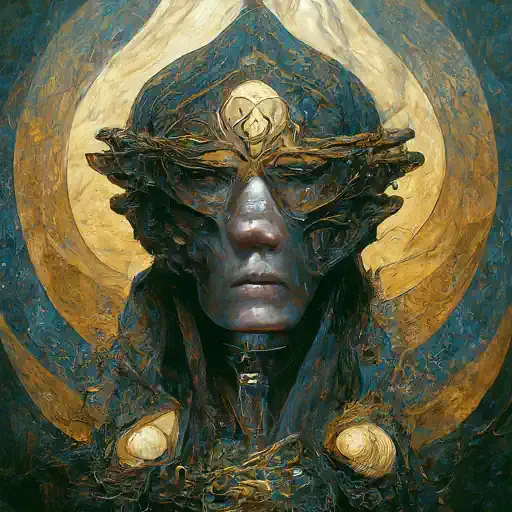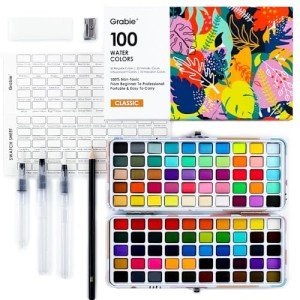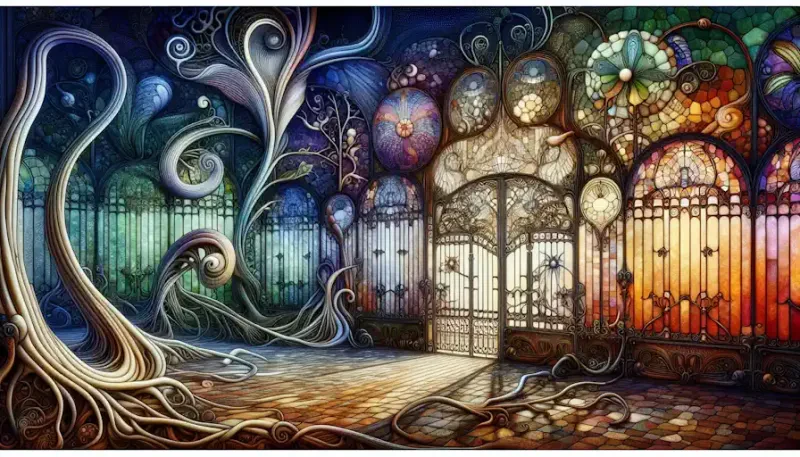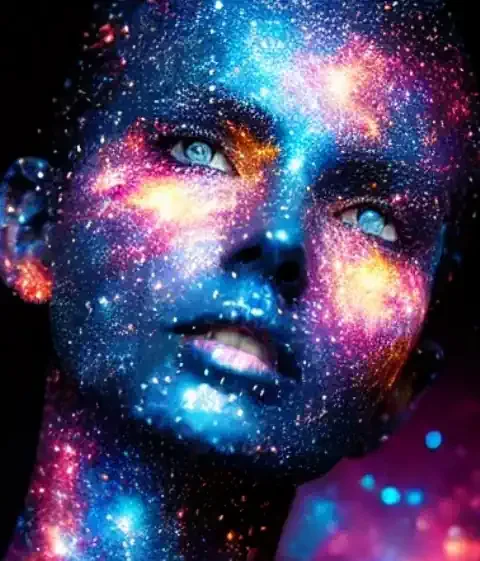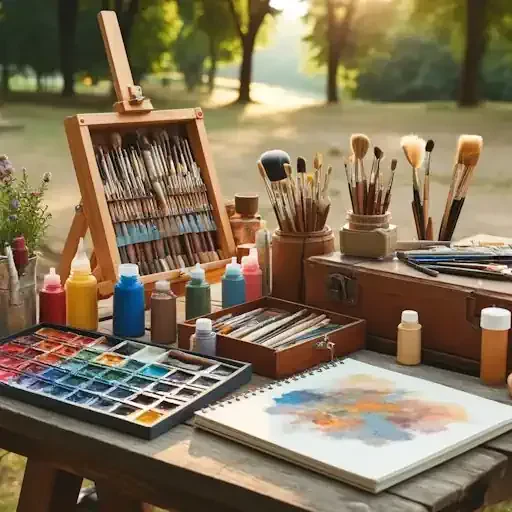Defining X Artwork: A Multifaceted Exploration
X Artwork, often elusive in its definition, is a captivating and ever-evolving form of artistic expression. Characterized by its experimental nature and willingness to push boundaries, X Artwork challenges traditional notions of what art can be. Often incorporating unconventional materials and techniques, it invites viewers to question, interpret, and engage with it on a personal level. X Artwork encompasses a vast array of styles and mediums, from avant-garde installations and performance art to digital creations and mixed-media pieces.
The roots of X Artwork can be traced back to the early 20th century, where artists began to rebel against the constraints of academic art and embrace new forms of expression. Movements such as Dadaism, Surrealism, and Fluxus laid the groundwork for X Artwork, encouraging experimentation, absurdity, and a rejection of established artistic norms. Throughout the 20th and 21st centuries, X Artwork continued to evolve, embracing new technologies and reflecting the changing social and cultural landscape.
Throughout history, numerous artists have emerged as pioneers in the realm of X Artwork. Marcel Duchamp's "Fountain," a readymade sculpture consisting of a urinal, challenged the very definition of art and sparked a revolution in artistic thought. Yoko Ono's conceptual art, often involving audience participation, pushed the boundaries of artistic expression and blurred the lines between artist and viewer. More recently, artists like Banksy have used X Artwork as a form of social commentary, challenging power structures and sparking conversations about important issues.
X Artwork has had a profound impact on society and culture, influencing everything from fashion and design to music and film. It has challenged traditional notions of beauty and aesthetics, opening up new possibilities for artistic expression. X Artwork has also played a crucial role in social and political movements, providing a platform for marginalized voices and sparking conversations about important issues.
Despite its undeniable impact, X Artwork has also been met with controversy and debate. Some critics argue that it is too obscure or elitist, while others question its artistic merit. The subjective nature of X Artwork makes it difficult to define or evaluate, leading to ongoing discussions about its value and relevance. However, the very nature of X Artwork, with its emphasis on experimentation and challenging the status quo, ensures that it will continue to provoke, inspire, and captivate audiences for years to come.
Materials and Techniques in X Artwork
The materials and techniques employed in X Artwork are as diverse and boundary-pushing as the art form itself. Artists working in this genre often eschew traditional art materials like oil paints and marble sculptures, opting instead for unconventional and unexpected materials to express their artistic vision. These materials can range from found objects and industrial waste to natural elements and even the human body itself.
Traditional art materials still find their place in X Artwork, but they are often used in innovative ways or combined with unconventional materials to create unique and surprising effects. For example, artists may incorporate traditional painting techniques into installations made from recycled materials, or they may use digital tools to manipulate and transform traditional sculptures.
The techniques used in X Artwork are just as varied as the materials. Artists may employ a wide range of techniques, from collage and assemblage to performance art and interactive installations. The rise of digital technology has also opened up new avenues for artistic expression, with artists using software and coding to create virtual realities, digital sculptures, and interactive experiences.
The choice of materials and techniques in X Artwork often plays a crucial role in conveying the meaning of the work. The use of unconventional materials can challenge viewers' expectations and encourage them to think about the relationship between art and everyday objects. The innovative use of traditional materials can breathe new life into familiar forms and create unexpected juxtapositions. By pushing the boundaries of what is considered art, X artists invite viewers to question their assumptions and engage with the work on a deeper level.
Themes and Symbolism in X Artwork
Themes and symbolism in X Artwork are as diverse and open to interpretation as the art itself. While it's impossible to define a single set of universal themes, certain motifs and concepts frequently recur. These can include explorations of identity, social commentary, critiques of consumerism, reflections on mortality, and celebrations of the human spirit.
Hidden symbolism often lies beneath the surface of X Artwork, inviting viewers to engage in a process of decoding and interpretation. Artists may use color, form, texture, and even the titles of their works to convey deeper meanings. Symbols can be drawn from a wide range of sources, including mythology, religion, literature, and popular culture.
X Artwork frequently serves as a vehicle for cultural and social commentary. Artists may use their work to critique societal norms, challenge power structures, or raise awareness of social injustices. This commentary can be explicit or subtle, inviting viewers to reflect on their own beliefs and values.
Interpreting X Artwork is a subjective journey, as each viewer brings their own unique perspectives and experiences to the encounter. There are no right or wrong interpretations, and the meaning of a work can shift and evolve over time. The ambiguity and open-endedness of X Artwork are often seen as strengths, as they encourage viewers to actively engage with the work and make their own connections.
Collecting and Valuing X Artwork
The market for X Artwork has experienced significant growth in recent years, attracting both seasoned collectors and newcomers alike. The appeal of X Artwork lies in its unique ability to challenge conventional notions of art and push the boundaries of creativity. Collectors are drawn to its innovative use of materials, thought-provoking themes, and potential for long-term appreciation.
Several factors influence the value of X Artwork, making it a dynamic and sometimes unpredictable market. The artist's reputation, the artwork's historical significance, its rarity, and its condition all play a role in determining its value. Additionally, market trends and the overall demand for X Artwork can also influence prices.
Some of the most prominent collectors of X Artwork include individuals, museums, and private foundations. These collectors often play a crucial role in supporting emerging artists and ensuring that important works are preserved for future generations. Notable collections of X Artwork can be found in major museums around the world, as well as in private collections that are occasionally opened to the public.
The collecting of X Artwork raises important ethical considerations. As the market for X Artwork grows, so does the potential for exploitation and unethical practices. Collectors need to be aware of the provenance of the artwork they purchase, ensuring that it has been acquired legally and ethically. Additionally, collectors should consider the impact of their purchases on the art market, particularly in terms of driving up prices and making it difficult for smaller collectors to participate.
X Artwork in Public Spaces
X Artwork's presence in public spaces has transformed urban environments, creating opportunities for dialogue, engagement, and unexpected encounters with art. From towering sculptures and murals to interactive installations and site-specific interventions, X Artwork in public spaces invites viewers to experience art outside the confines of galleries and museums.
Many cities around the world boast iconic X Art installations that have become beloved landmarks and symbols of cultural identity. These works often challenge traditional notions of public art, incorporating unconventional materials and incorporating elements of surprise and interactivity. Some notable examples include the Cloud Gate sculpture in Chicago, the Angel of the North in Gateshead, England, and the interactive digital displays in Times Square, New York City.
However, not all X Artwork in public spaces is universally embraced. Some works have sparked controversy due to their provocative nature, challenging themes, or perceived lack of aesthetic appeal. Controversial works often generate heated debates about the role of art in public spaces, the limits of artistic expression, and the responsibility of artists to consider the sensitivities of their audience.
Despite the occasional controversy, X Artwork in public spaces plays a vital role in fostering community engagement and cultural dialogue. It can transform mundane spaces into vibrant cultural hubs, attracting visitors and stimulating local economies. X Art installations can also serve as catalysts for social change, raising awareness of important issues and inspiring conversations about the future of our cities.
X Artwork and Education
X Artwork plays a vital role in education, fostering creativity, critical thinking, and cultural awareness in students of all ages. By exposing students to diverse forms of artistic expression, educators can broaden their horizons, challenge their assumptions, and encourage them to think outside the box. X Artwork can be incorporated into various subjects, from art and history to literature and social studies, enriching the learning experience and making it more engaging and relevant.
Teaching X Artwork presents unique challenges and opportunities. Traditional teaching methods may not always be suitable for this unconventional art form, as it often requires a more open-ended and exploratory approach. Educators need to create a safe and supportive environment where students feel comfortable expressing their own interpretations and engaging in critical discussions about the work.
X Art education is crucial for fostering creative development in students. By encouraging experimentation, risk-taking, and the exploration of unconventional materials and techniques, educators can help students develop their own unique artistic voices. X Art can also teach students valuable skills such as problem-solving, collaboration, and communication.
Beyond its artistic merits, X Artwork can also be a powerful tool for social and emotional learning. By engaging with X Artwork that deals with complex themes such as identity, social justice, and the human condition, students can develop empathy, compassion, and a deeper understanding of the world around them. X Art can also provide a safe space for students to express their emotions and explore difficult topics in a creative and non-threatening way.
The Future of X Artwork
The future of X Artwork promises to be as dynamic and unpredictable as its past. As technology continues to evolve at an unprecedented pace, artists are embracing new tools and platforms for creation and expression. Artificial intelligence, virtual reality, and blockchain technology are just a few of the emerging trends that are shaping the future of X Artwork.
AI is already being used by some artists to generate unique and unexpected artworks, blurring the lines between human and machine creativity. Virtual reality is providing artists with new ways to immerse viewers in their work, creating interactive and multi-sensory experiences that challenge traditional notions of art consumption. Blockchain technology, meanwhile, is revolutionizing the way art is bought, sold, and authenticated, potentially democratizing the art market and providing new opportunities for artists to monetize their work.
As technology continues to advance, so too will the possibilities for artistic expression. The future of X Artwork may see the emergence of entirely new mediums and forms of art, challenging our understanding of what art can be. We may see artworks that exist solely in virtual spaces, or that are created and owned collectively through blockchain technology.
The X Art market is also expected to continue its upward trajectory. As more collectors and investors recognize the unique value and potential of X Artwork, demand will likely continue to grow, driving prices higher and creating new opportunities for artists and galleries. However, the market will also need to address challenges such as ensuring ethical practices and protecting the intellectual property of artists in the digital age.
Despite the uncertainties and challenges that lie ahead, one thing is certain: X Artwork will continue to play a vital role in our culture and society. By challenging our assumptions, provoking critical thinking, and inspiring new ways of seeing the world, X Artwork will remain a powerful force for creativity, innovation, and social change in the 21st century and beyond.
Summary
X Artwork is a multifaceted and evolving art form, challenging traditional notions of what art can be. Its roots lie in the early 20th century, with movements like Dadaism and Surrealism paving the way. Influential figures like Duchamp and Ono have pushed the boundaries of artistic expression, leaving a lasting impact on society and culture. The use of unconventional materials and techniques, ranging from found objects to digital technology, is central to X Artwork. Themes and symbolism in this art form are diverse and often open to interpretation, with recurring motifs of identity, social commentary, and consumerism critique.
The market for X Artwork is growing, attracting both established and new collectors. Its value is influenced by factors like the artist's reputation, the artwork's historical significance, rarity, and condition. Prominent collectors include individuals, museums, and private foundations. Ethical considerations are crucial in collecting X Artwork, with concerns about provenance and market impact.
X Artwork in public spaces has transformed urban environments, creating opportunities for dialogue and unexpected encounters with art. While some works have sparked controversy, public X Art plays a vital role in fostering community engagement and cultural dialogue. In education, X Artwork fosters creativity, critical thinking, and cultural awareness. Teaching it presents unique challenges, requiring open-ended and exploratory approaches. X Art education is crucial for creative development and social-emotional learning.
The future of X Artwork is bright, with emerging technologies like AI, VR, and blockchain shaping its landscape. New mediums and forms of art are expected to emerge, challenging our understanding of art. The X Art market is projected to grow, but ethical concerns and intellectual property protection need to be addressed. Ultimately, X Artwork will continue to be a powerful force for creativity, innovation, and social change in the 21st century and beyond.
